The Waitangi sheet.
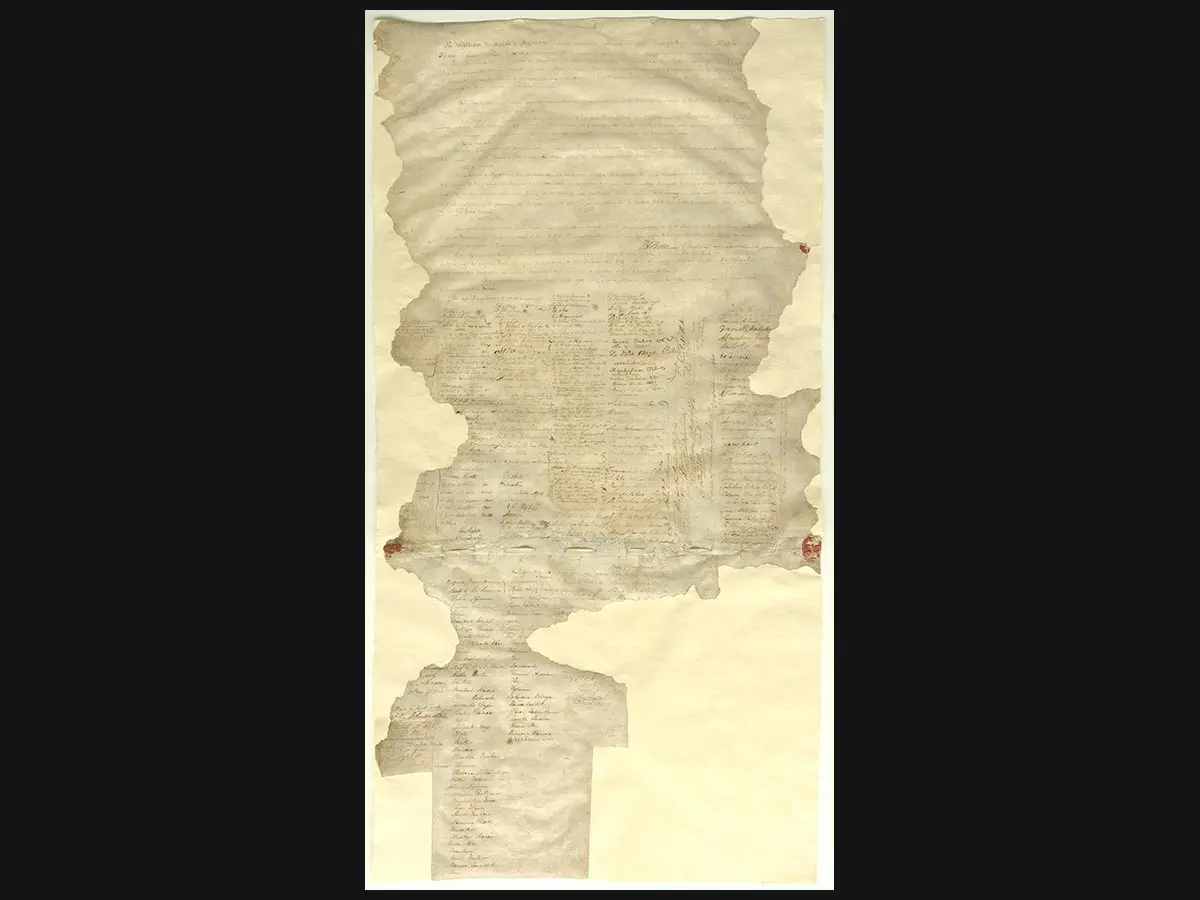
The Waitangi sheet.
Use the images on this page to explore the initial signing of Te Tiriti o Waitangi | Treaty of Waitangi. Download and print the teacher support materials or read the online version at the bottom of this page.
The Waitangi sheet.

The Waitangi sheet.
Te Tiriti o Waitangi.
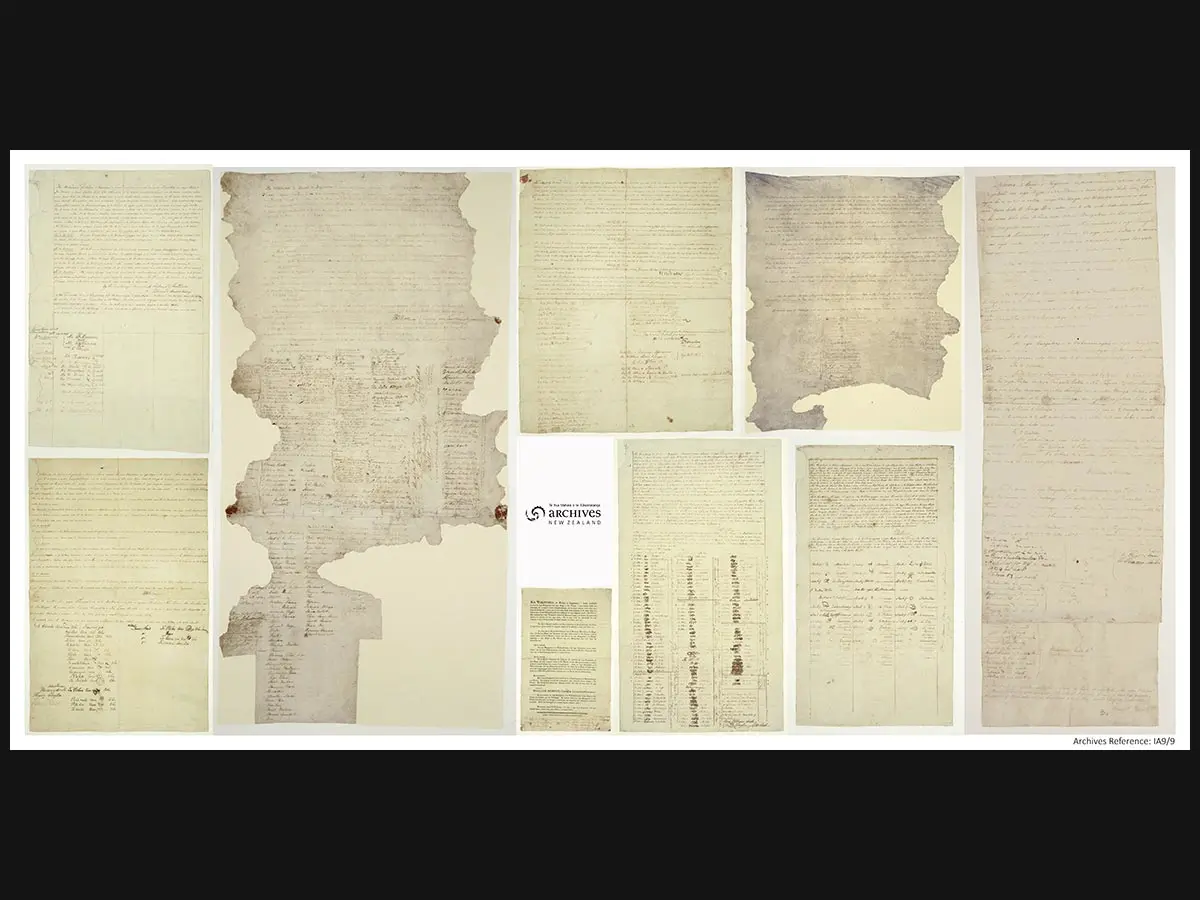
Te Tiriti o Waitangi.
Watercolour of signing.
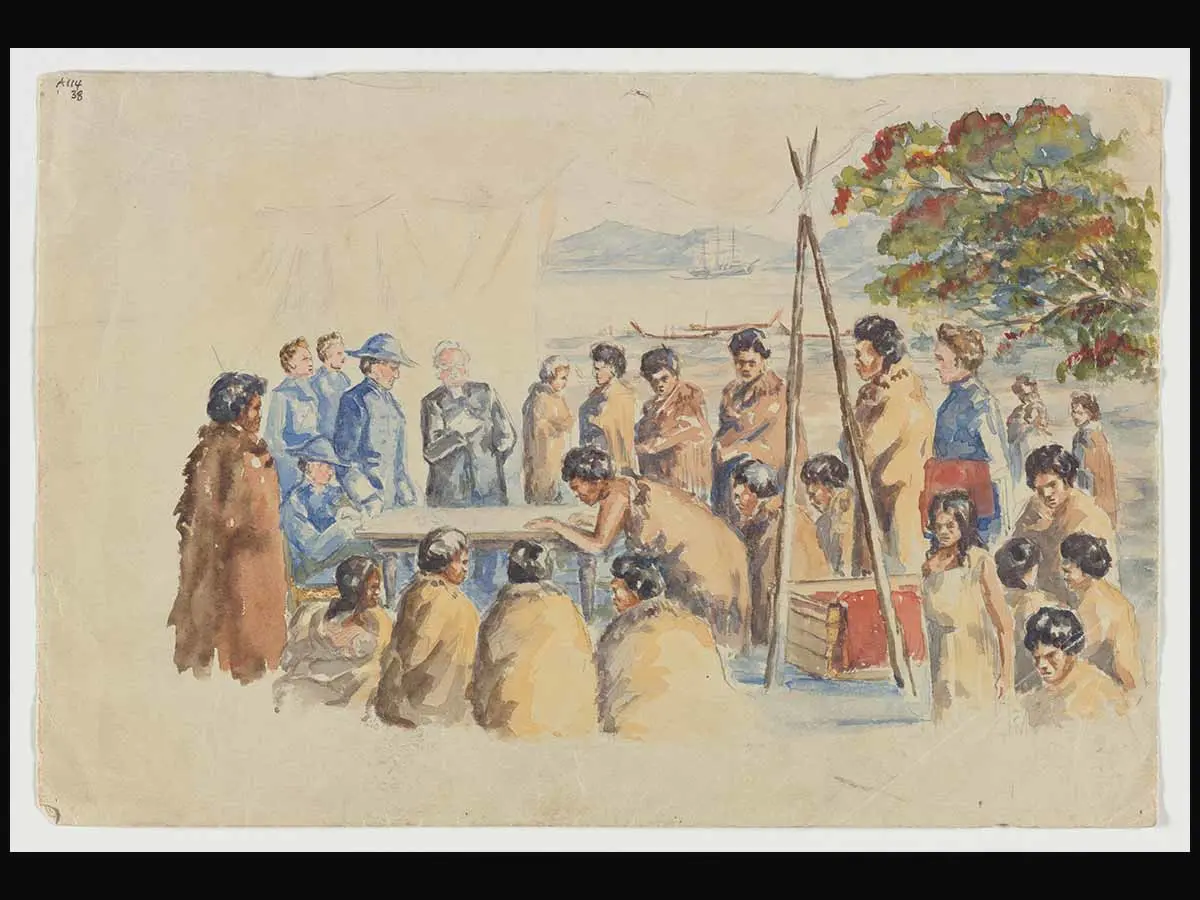
Watercolour of signing.
Oil painting of signing.
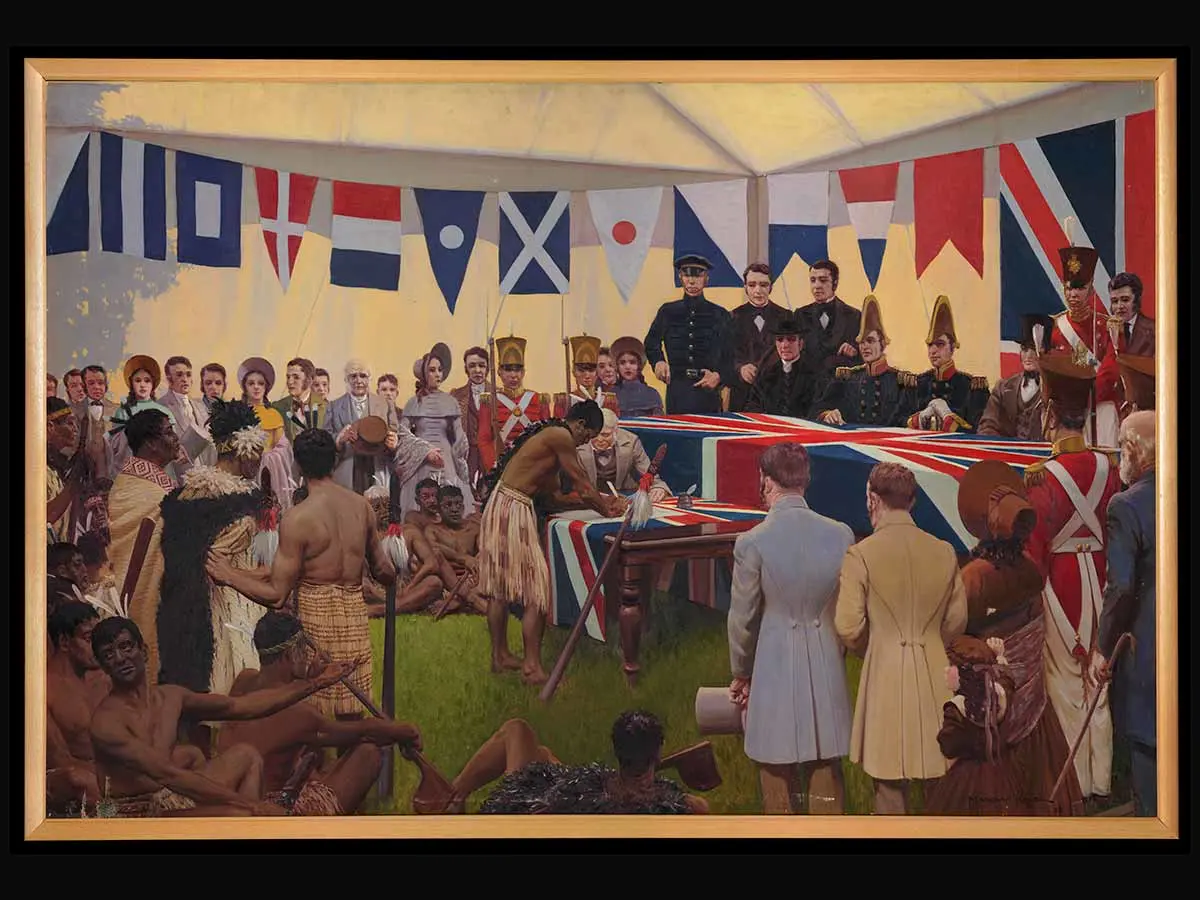
Oil painting of signing.
The Treaty House, Waitangi.
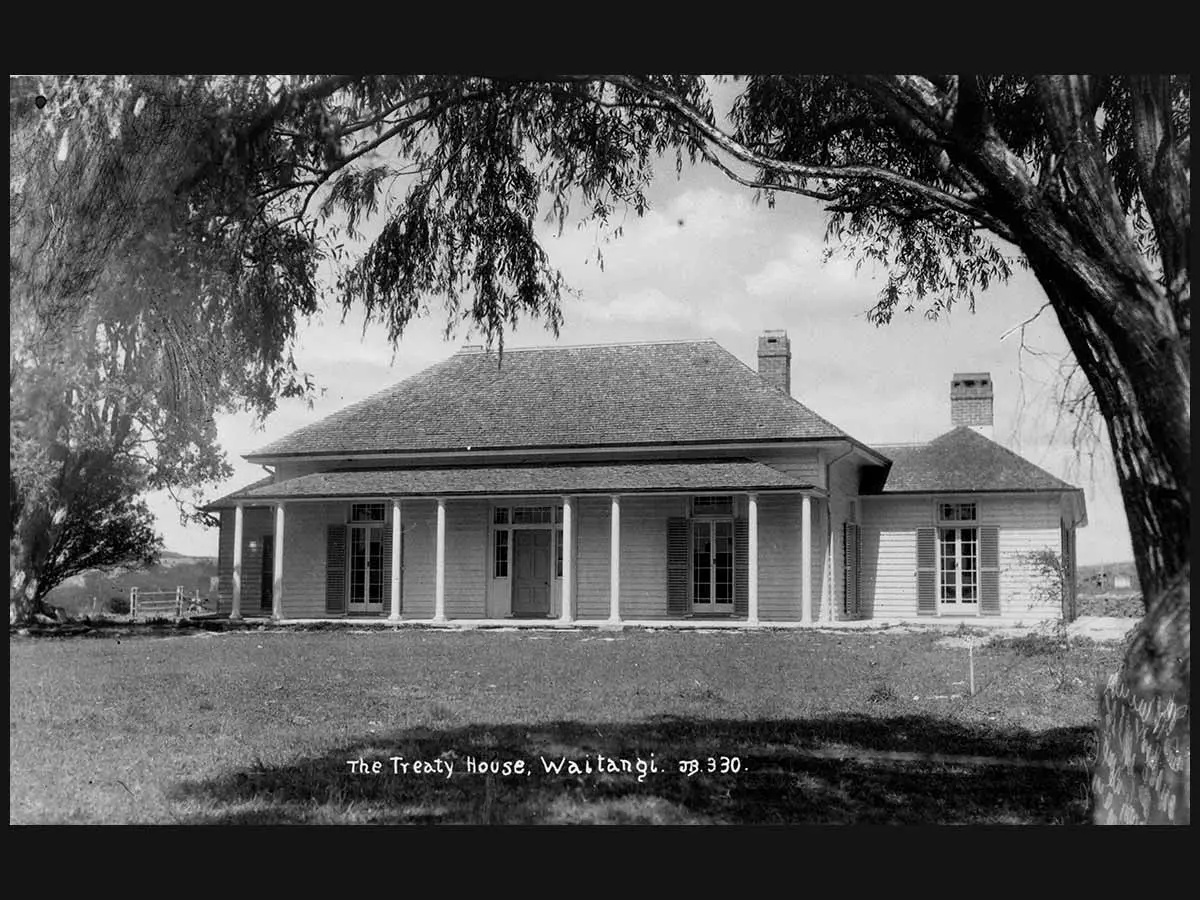
The Treaty House, Waitangi.
Kororāreka Bay.
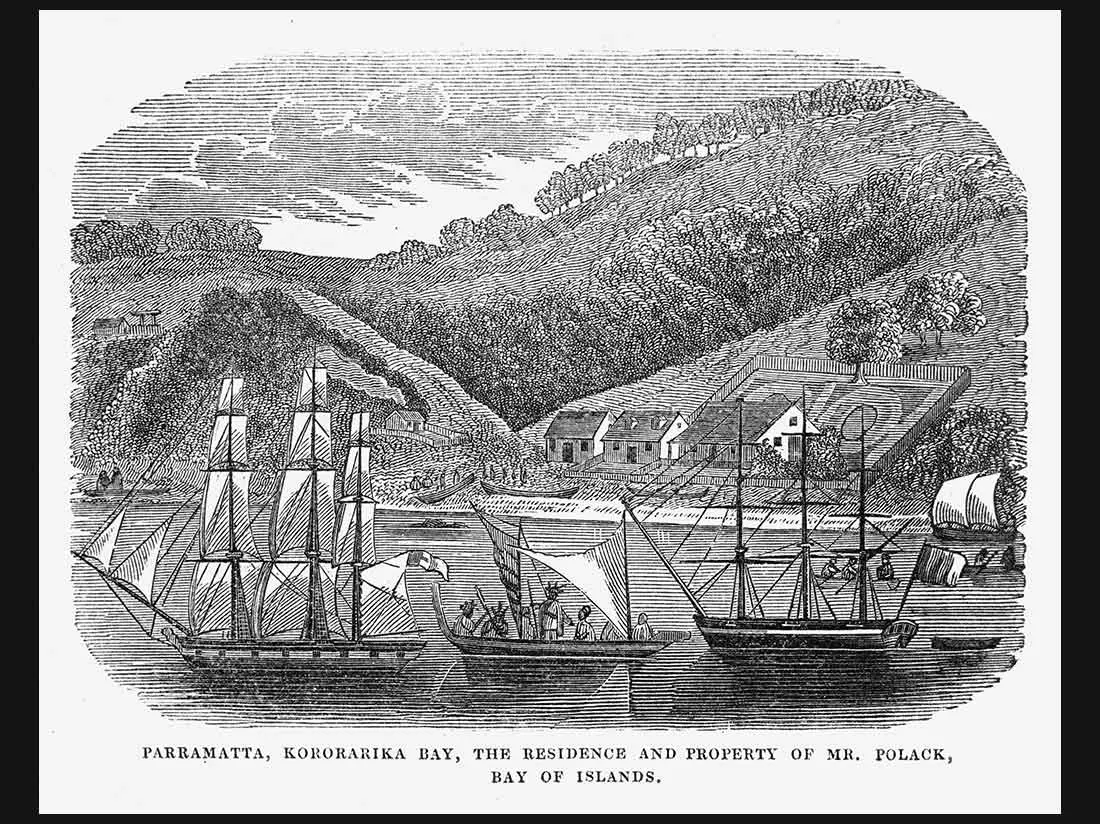
Kororāreka Bay.
Tāmati Wāka Nene.
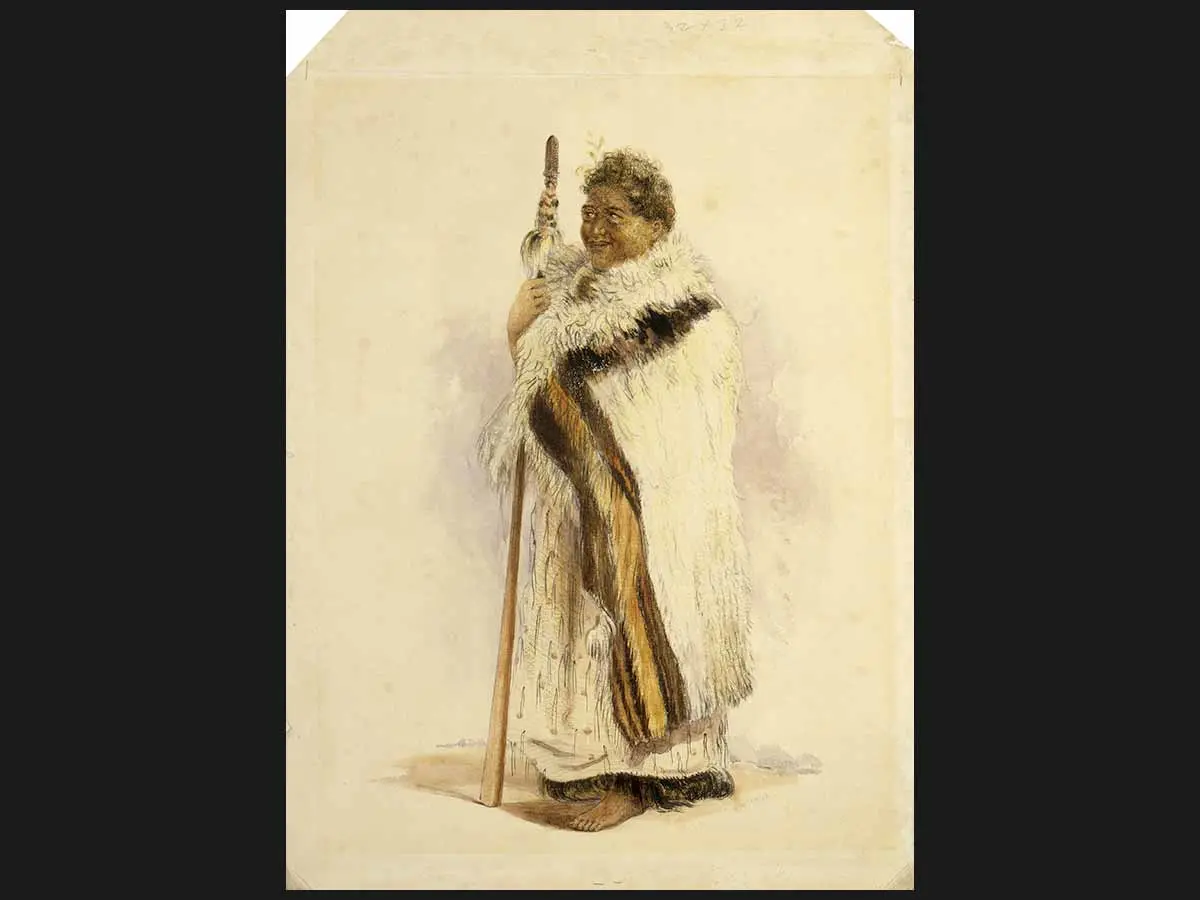
Tāmati Wāka Nene.
Hōne Heke and Eruera Maihi Patuone.
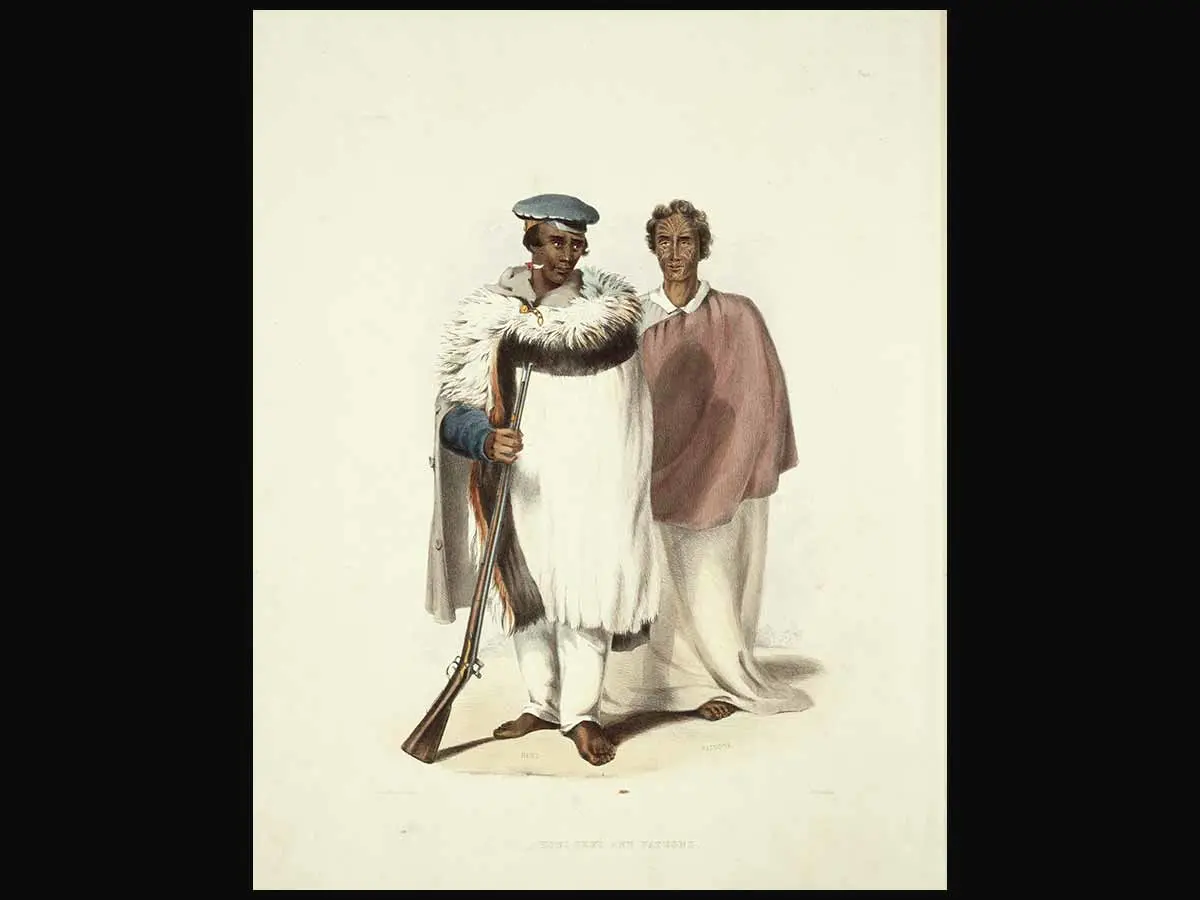
Hōne Heke and Eruera Maihi Patuone.
Riwhitete Pōkai.
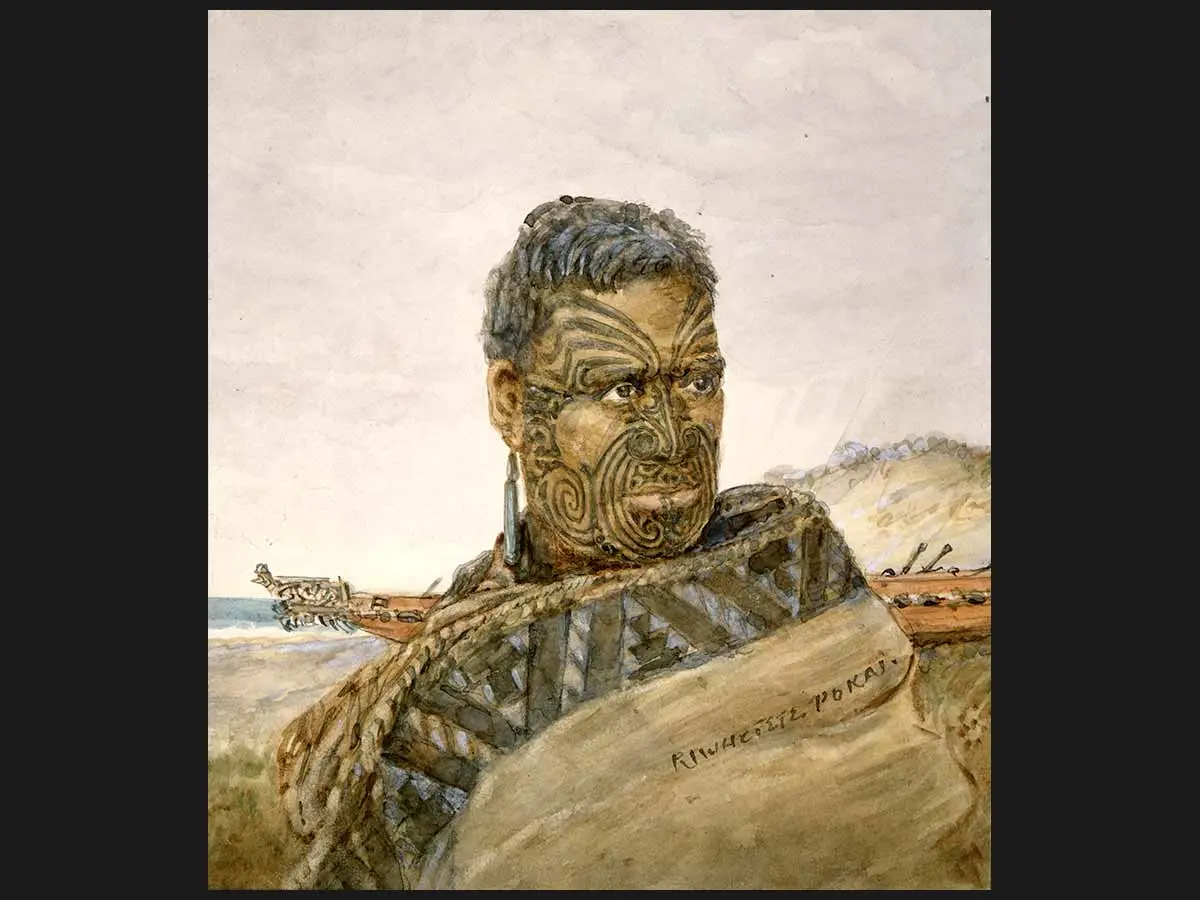
Riwhitete Pōkai.
William Hobson.
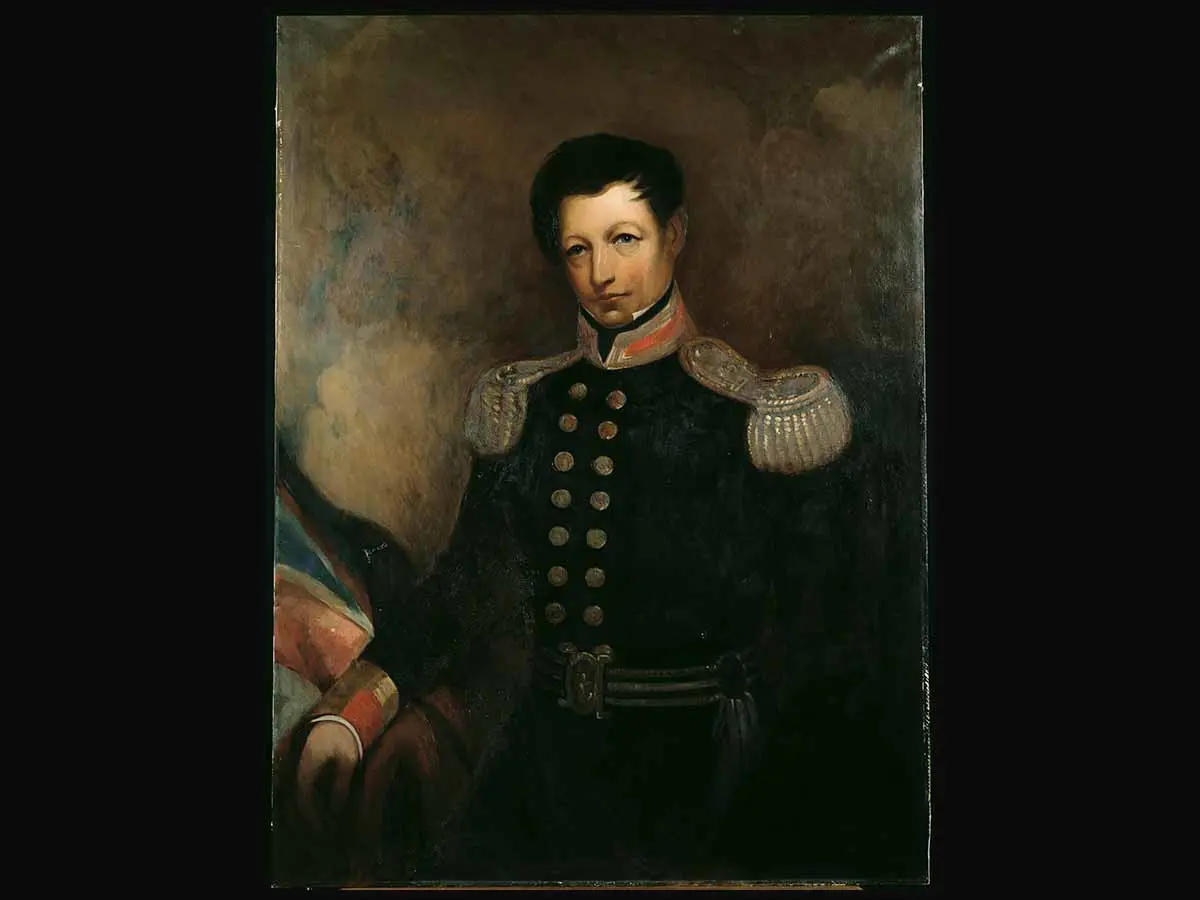
William Hobson.
James Busby.
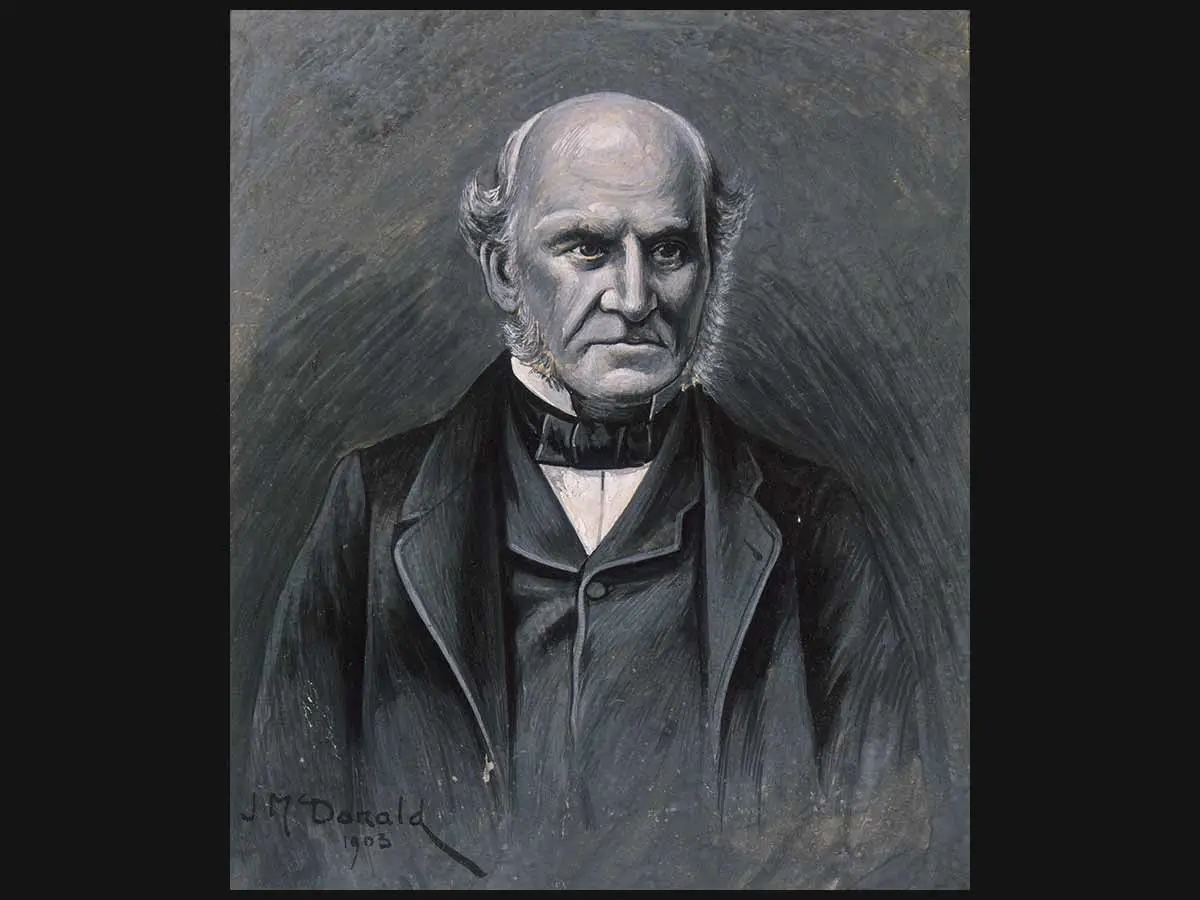
James Busby.
Queen Victoria.

Queen Victoria.
Download and print the teacher support materials: The signing of Te Tiriti at Waitangi (pdf, 1.2 MB).
Use the images in ‘The signing of Te Tiriti at Waitangi’ gallery to explore the social sciences Know context, ‘Te tino rangatiratanga me te kāwanatanga | Sovereignty, organisation, and government’:
Waitangi Day marks the significance of the initial signing of Te Tiriti o Waitangi | The Treaty of Waitangi. We recall what happened at Waitangi at the time of the signing and who was there.
— Te ao tangata | social sciences
Explore ideas around the significance of the initial signing of Te Tiriti o Waitangi | Treaty of Waitangi, such as:
the sheets of Te Tiriti o Waitangi | Treaty of Waitangi
the people (Māori and Pākehā) present at the signing at Waitangi on 6 February 1840
key people who signed
life in Waitangi and the Bay of Islands at that time.
Ākonga can explore these images as primary sources using our tools for primary source analysis.
Explore our curated collection of books: The signing of Te Tiriti at Waitangi.
Use the discussion starters below to explore the signing of Te Tiriti at Waitangi.

Image credit: Te Tiriti o Waitangi | Waitangi sheet Archives New Zealand on Flickr. Some rights reserved: CC BY-NC-ND 2.0. Black background added.
The Waitangi sheet of Te Tiriti o Waitangi | Treaty of Waitangi was first signed at Waitangi on 6 February 1840. It is written in te reo Māori.
What is Te Tiriti o Waitangi | Treaty of Waitangi?
Who signed Te Tiriti o Waitangi | Treaty of Waitangi?
When was Te Tiriti o Waitangi | Treaty of Waitangi signed?
Why do we commemorate Te Tiriti o Waitangi | Treaty of Waitangi on 6 February every year?

Image credit: Te Tiriti o Waitangi — The Treaty of Waitangi, 1840. Archives New Zealand on Flickr. Some rights reserved: CC BY-NC-ND 2.0. Black background added.
Te Tiriti o Waitangi | Treaty of Waitangi is a group of 9 documents: 7 on paper and 2 on parchment (stretched animal skin). Together, they represent an agreement drawn up between representatives of the British Crown and representatives of Māori iwi and hapū. Te Tiriti | the Treaty is named after the place in the Bay of Islands where it was first signed on 6 February 1840. It was later signed at other locations around the country over a seven-month period. All but 1 sheet were in te reo Māori.
What is a treaty?
Where was Te Tiriti o Waitangi | Treaty of Waitangi signed?
How many people signed Te Tiriti o Waitangi | Treaty of Waitangi?
There is a te reo Māori version and an English version. Why is it important to know this?

Image credit: Reconstruction of the Signing of the Treaty of Waitangi, ca 1940 or 1930s, attributed to Ōriwa Tahupōtiki Haddon. Ref: A-114-038 Alexander Turnbull Library.
A watercolour painting showing a group of Māori and Pākehā standing around a table in the open air. A Māori representative is signing a document, watched by 2 Pākehā in uniform (William Hobson and somebody else). A third Pākehā representative, probably Henry Williams, is wearing clerical clothing. 11 Māori are seated in the foreground and 9 more are standing around the table.
Who signed Te Tiriti o Waitangi | Treaty of Waitangi?
Who seems to have power in this painting? Why?
How is this painting different from Marcus King’s oil painting of the signing of Te Tiriti o Waitangi | Treaty of Waitangi?

Image credit: The Signing of the Treaty of Waitangi, February 6th, 1840, 1938 by Marcus King. Ref: G-821-2 Alexander Turnbull Library.
A painting of a modern reconstruction showing Tāmati Wāka Nene (Ngāpuhi) signing Te Tiriti | the Treaty in front of James Busby, William Hobson and other British officials and witnesses. Some Māori representatives are gathered on the left. Contemporary accounts do not mention a second table for participants to sign on, as shown here.
Who signed Te Tiriti o Waitangi | Treaty of Waitangi?
Who seems to have power in this painting? Why?
How is this painting different from Ōriwa Tahupōtiki Haddon’s watercolour of the signing of Te Tiriti o Waitangi | Treaty of Waitangi?

Image credit: The Treaty House, Waitangi, ca 1900 by JB. Ref: PAColl-5471-017 Alexander Turnbull Library.
The Treaty House at Waitangi, surrounded by trees. This was British Resident James Busby’s house at the time of the signing of Te Tiriti o Waitangi | Treaty of Waitangi, and it was built in 1833.
Where is Waitangi?
Whose house was this? Why were they important?

Image credit: Parramatta, Kororāreka Bay, the Residence and Property of Mr Polack, Bay of Islands, 1840 by Joel Samuel Polack. Ref: PUBL-0064-2-TP Alexander Turnbull Library.
Artwork of 2 European ships and a waka in the foreground. Across the water are some buildings, including the artist's house which has a fenced garden behind it. The name ‘Parramatta’, from Parramatta in Sydney, is no longer used. Kororāreka has been renamed ‘Russell’.
Where is Peiwhairangi | the Bay of Islands?
What was Peiwhairangi | the Bay of Islands like in 1840 when this artwork was created?

Image credit: Nene. Hokianga, 1844 by George French Angas. Ref: A-114-022 Alexander Turnbull Library.
A standing, full-length watercolour portrait of Ngāpuhi rangatira (chief) Tāmati Wāka Nene, painted in the Hokianga district, Northland. Tāmati Wāka Nene is holding a taiaha and wearing both harakeke and feather cloaks.
Who was Tāmati Wāka Nene?
Why is it important that Tāmati Wāka Nene signed Te Tiriti o Waitangi?
Why is it important to know about Māori rangatira who signed Te Tiriti?

Image credit: Hōne Heke and Patuone, 1847 by Benjamin Waterhouse Hawkins. Ref: PUBL-0014-01 Alexander Turnbull Library.
A full-length, double portrait artwork of Hōne Heke (Ngāpuhi) and Eruera Maihi Patuone (Ngāpuhi, Te Roroa). Hōne Heke, on the left, wears a sailor’s hat, a feathered kākahu (cloak), a cape and white trousers. Hōne Heke holds a rifle with the butt resting on the ground. Eruera Maihi Patuone, on the right, wears a long, white robe or tunic, partially covered with a short cape.
Who was Hōne Heke? Why is it important that Hōne Heke signed Te Tiriti o Waitangi?
Who was Eruera Maihi Patuone? Why is it important that Eruera Maihi Patuone signed Te Tiriti o Waitangi?
Why is it important to know about Māori rangatira who signed Te Tiriti?

Image credit: Riwhitete Pōkai, ca 1863–1864 by Horatio Gordon Robley. Ref: A-080-066 Alexander Turnbull Library.
A head and shoulders watercolour portrait of Riwhitete Pōkai (Ngāpuhi). Riwhitete Pōkai has a moko, an ear adornment (possibly pounamu) and a harakeke cloak with a tāniko border. A large waka can be seen in the headland near the sea.
Who was Riwhitete Pōkai?
Why is it important that Riwhitete Pōkai signed Te Tiriti o Waitangi?
Why is it important to know about Māori rangatira who signed Te Tiriti?

Image credit: Captain William Hobson, 1913 by James Ingram McDonald. Ref: G-826-1 Alexander Turnbull Library.
Three-quarter length, standing portrait painting of William Hobson, the first governor of New Zealand from 1840. William Hobson is dressed in uniform.
Who was William Hobson?
What role did William Hobson have in creating Te Tiriti o Waitangi | Treaty of Waitangi?
Why is it important that William Hobson signed Te Tiriti o Waitangi | Treaty of Waitangi?

Image credit: James Busby, British Resident, 1830, 1903 by James Ingram McDonald. Ref: A-044-008 Alexander Turnbull Library.
A head and shoulders portrait painting of James Busby, British Resident at Waitangi, whose house was used for the signing of Te Tiriti o Waitangi | Treaty of Waitangi in 1840.
Who was James Busby?
What role did James Busby have in creating Te Tiriti o Waitangi | Treaty of Waitangi?
Why is it important that James Busby signed Te Tiriti o Waitangi | Treaty of Waitangi?

Image credit: Victoria, Queen of the United Kingdom, ca 1840–1870. Photographer unknown. Ref: 1/2-094015-F Alexander Turnbull Library.
A profile head and shoulders formal portrait of Victoria, Queen of the United Kingdom. The portrait seems to be surrounded by a frame of roses.
Who was Queen Victoria?
How was Queen Victoria involved in Te Tiriti o Waitangi | Treaty of Waitangi?